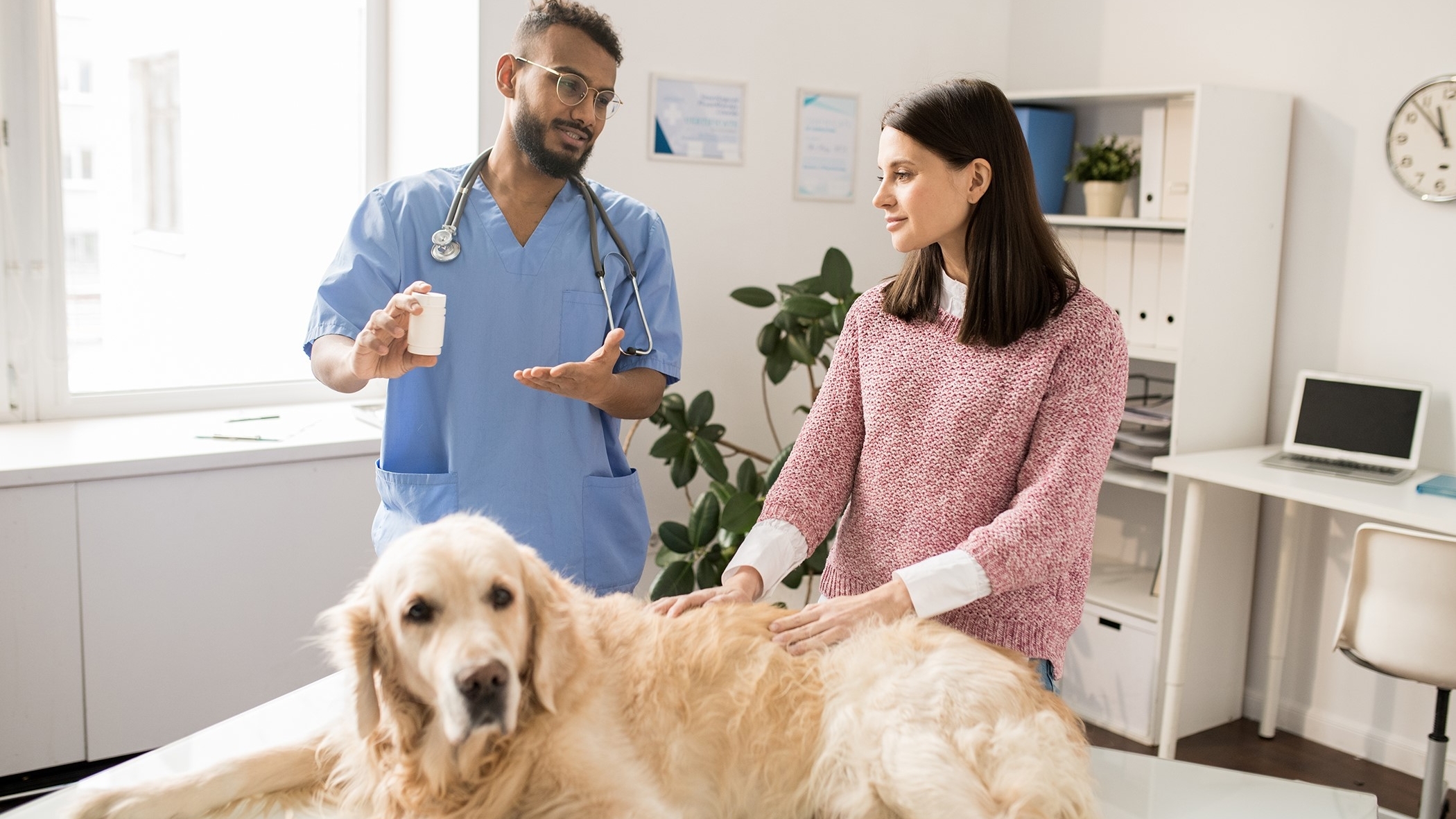Important Conversations Between a Part-Time Attending Veterinarian and the Licensee or Registrant

When an attending veterinarian works for a facility on a part-time or consultant basis, they often rely on licensees or registrants to provide basic routine veterinary care when they are not present. In many cases, an attending veterinarian is empowering staff at a regulated facility to do much more than the typical pet owner.
If the attending veterinarian authorizes facility staff to perform veterinary procedures, they should provide detailed instructions for those procedures in the written program of veterinary care. Which veterinary procedures are appropriate for facility staff to perform, if any, is entirely at the attending veterinarian’s discretion. The attending veterinarian is not obligated to authorize or support facility staff conducting any veterinary procedures.
On occasion, licensees or registrants may not have sufficient experience to perform routine veterinary procedures, and they may not always ask for the information they need. Observing the licensee or registrant perform the procedure is the best way to make sure there is adequate knowledge and skill for it to be performed correctly. When observation isn't possible, a detailed discussion about the procedure is essential to verify understanding.
Important Topics To Cover
The attending veterinarian should observe or discuss any procedures they authorize facility staff to perform. The following are important details to cover for commonly approved veterinary procedures:
Giving medications
- Calculating the right dose based on the animal’s weight
- Proper mode of administration
- How to use and read a syringe (if appropriate for the medication)
- Ensuring that there is understanding that providing more medication than directed, either by increasing the dose amount or the frequency of dosing, is not going to make it more effective or help the animal get better quicker
Giving injections and drawing blood samples
- Maintaining the sterility of the needle (avoid setting it on unclean surfaces)
- Maintaining the sterility of the medication (avoid leaving a needle in the rubber stopper while the medication is being stored)
- Ensuring each needle is only used once
- Locating the appropriate blood vessel, and when to stop searching
- Defining the maximum number of ‘sticks’ per animal
- Proper collection technique and handling of samples
- Discuss how much blood to draw, and how to ensure bleeding is stopped when finished
Proper storage of medications
- Storing vaccines and medications that require refrigeration, including appropriate timeframes for use after they have been removed from the refrigerator
- Avoiding exposure to light, especially direct sunlight, for light sensitive medications
Treating common minor clinical problems
- Knowing when to contact the AV if the treatment described in the program of veterinary care is not working
Understanding sterile technique
- (If the licensee or registrant will be conducting procedures that require it.)
Biosecurity
- Understanding the importance of quarantining or isolating new and/or sick animals
- Proper steps to avoid cross contamination
- Effective cleaning and disinfection procedures, including which products to use
Additional Topics
Facilities with Dogs
For dogs, there is also a requirement for a preventive care program to ensure healthy and unmatted coats, properly trimmed nails, and clean and healthy eyes, ears, skin, and teeth. To best help a licensee or registrant meet this requirement, additional topics that are good to discuss include but are not limited to:
- How to properly cut nails and how to stop bleeding if they are cut too short
- How to assess the eyes and what common problems to look for, especially with certain breeds that are more prone to eye problems
- Ensuring there is an understanding that that using a previously prescribed eye medications for ALL eye issues in the future may make those other eye issues worse instead of better
- How to properly clean ears with approved products. This should include use of appropriate materials to wipe the outer ear and being sure to remove cleaning fluids from the ear canal as part of the cleaning process
- How to properly assess dental health, including opening the mouth to get a good look at the molars. Explain what tarter is and when it needs attention, methods of control and when the attending veterinarian would need to be contacted.
Facilities with Exotic Animals, Hoofstock, or Non-Domestic Animals
Routine husbandry topics that the attending veterinarian will want to discuss with facilities that have exotic animals or hoofstock include proper handling, nutrition, hoof trimming, and shearing. For licensees or registrants that are hand-rearing different species of nondomestic animals, the attending veterinarian may also assist in determining the best nutritional support and proper housing for neonatal and very young animals.
These important conversations are suggested to protect animal welfare and may help the facility save money and the veterinarian save time in the long run.
Conversation Resources
Download and use our Animal Care Aids to help with these important conversations.

